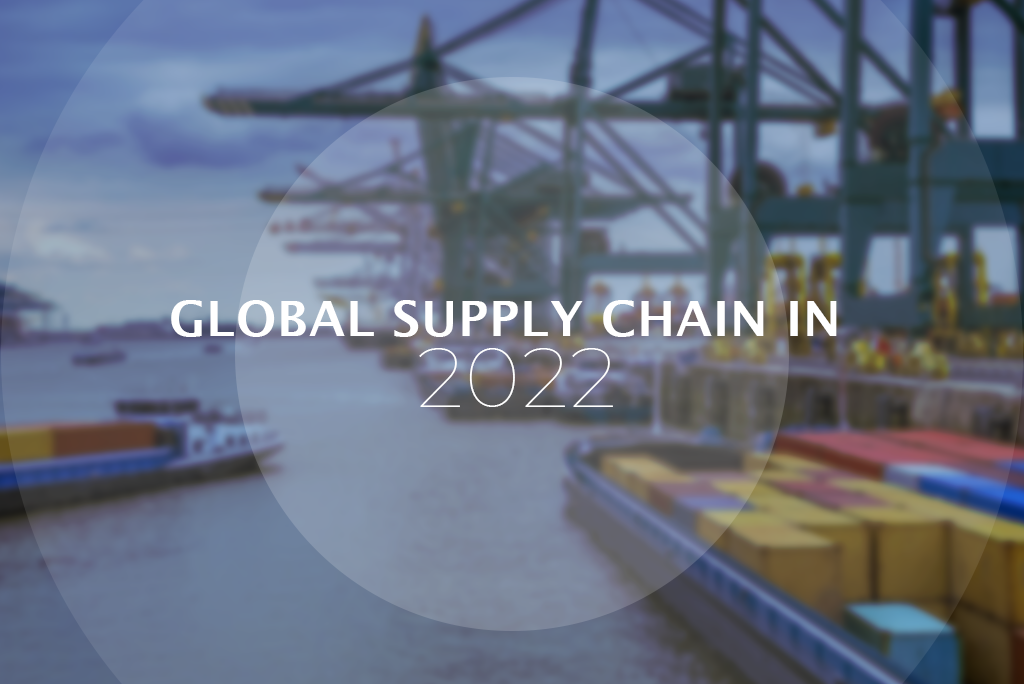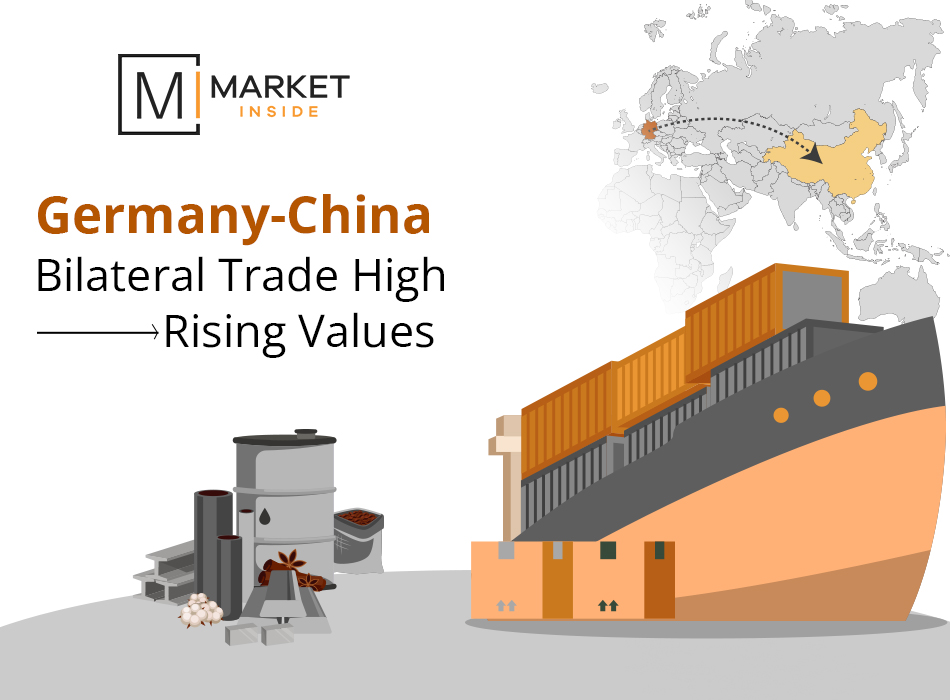The world’s supply chain issues will continue in H1 of 2022 but can be alleviated by rapid progress in technology development. Since the Covid-19 outbreak spread across the countries, the global supply chain has been affected and may continue to be restricted even in the first half of 2022 due to a new variant of coronavirus, Omicron.
The year 2020 saw the real pain of economic slowdown and recovery was started from the last quarter of 2020 and peaked in 2021. Despite the global supply chain crisis will continue to challenge the shipping and delivery industry, companies must adopt wider adoption of logistics solutions and invest in growing technologies that will help global economies rebound from the pandemic.
In 2022, global supply chains need to remain flexible, agile and adaptable in order to overcome the industry’s substantial challenges:
1. Consumer Demand
Consumers’ demand for quick, free, and flexible shipping will grow in 2022 as online penetration rises in retail markets. Shippers that can best address their demand will maintain a competitive advantage in the market over those who cannot.
2. Container Pricing
Supply chain bottlenecks including rising container pricing, that were widely reported in 2021, are expected to continue through the first half of 2022. The price of containers, especially those servicing transpacific routes, will continue to increase.
Read More: Oceania TEUs Increased In The Trade With Asian Regions
Rising prices of containers are also one of the factors that slowed down the exports of major countries in 2020, and 2021 as well. According to our database, all top exporting countries including the United States, Germany, China, Russia, and South Korea reported a substantial decline in the value of export commodities.
However, recovery was recovery started at end of 2020 and peaked in the first and second quarters of 2021. How exports of the top 10 countries were affected in 2020 due to the Covid-19 pandemic outbreak and recovered in 2021? Look at the stats and analyze to get a bigger picture.
| Country | 2020-Q1 | 2020-Q2 | 2020-Q3 | 2020-Q4 | 2021-Q1 | 2021-Q2 | 2021-Q3 |
| United States | 392.2 | 289.8 | 351.6 | 391.1 | 403.1 | 436.7 | 434 |
| Germany | 358.2 | 278.3 | 355.3 | 387.9 | 401.1 | 410 | 397.8 |
| Netherlands | 172.1 | 144.2 | 166.9 | 191.6 | 196.3 | 205 | 208.2 |
| Japan | 166.2 | 132.5 | 156.9 | 185.5 | 180.8 | 188.8 | 188.9 |
| Hong Kong | 113.1 | 133.9 | 152.3 | 153.3 | 148.2 | 161.9 | 174.2 |
| South Korea | 130.1 | 110.3 | 130.1 | 142.1 | 146.4 | 156.7 | 164.4 |
| Italy | 124.2 | 97.8 | 128.4 | 145.6 | 141.9 | 159.3 | 149 |
| Belgium | 110.3 | 89.2 | 104.2 | 116 | 122.4 | 136.3 | 136.1 |
| France | 127.3 | 91.7 | 118.2 | 138.7 | 136.9 | 144.4 | 135.6 |
| Russia | 90.7 | 71.4 | 79.7 | 95.1 | 93.7 | 115.5 | 133.3 |
*Values in US$ Billion

3. Technological Advancements, and Investments, Will Help Rebound Global Economy
The adoption of new software will help companies to overcome supply chain challenges. Some businesses are already using new & cutting-edge technologies. As the world is battling with a new variant of coronavirus, Omicron; investment in technological advancements will alleviate the global supply chain crisis in 2022. Real-Time Transportation Visibility (RTTV), Artificial Intelligence (AI), and Machine Learning (ML) are revolutionary technologies that online platforms are using to make the supply chain flexible and faster. These technologies will help global economies to rebound in 2022.
Read More: Alternative Data – Changing the Dynamics of Industries
4. Increased Focus on Sustainability
Rising consumer demand means rising carbon emissions as companies race to deliver goods on time. Environment concerns arise from the supply chain, so companies are focusing on investing in sustainable solutions.
In 2021, logistics and delivery management platforms enhanced their sustainability functions, by adopting measures including the use of electric vehicles to decline carbon emissions and optimizing operations to support sustainability efforts. In 2022 also, this will be adopted by more companies.
2022 is filled with challenges and opportunities for shipping and delivery businesses around the globe. Their success relies on making investments in the right technologies and decisions, amid Omicron spread and global supply chain restrictions.
Recommendations:
Coal and Global Warming: A Study On Coal Trade and Its Effect
Electric Vehicles Demand Is Going Up And Likely To Grow More
Global Trade and Supply Chain Disruption Likely to Continue in H1 of 2022




GIPHY App Key not set. Please check settings